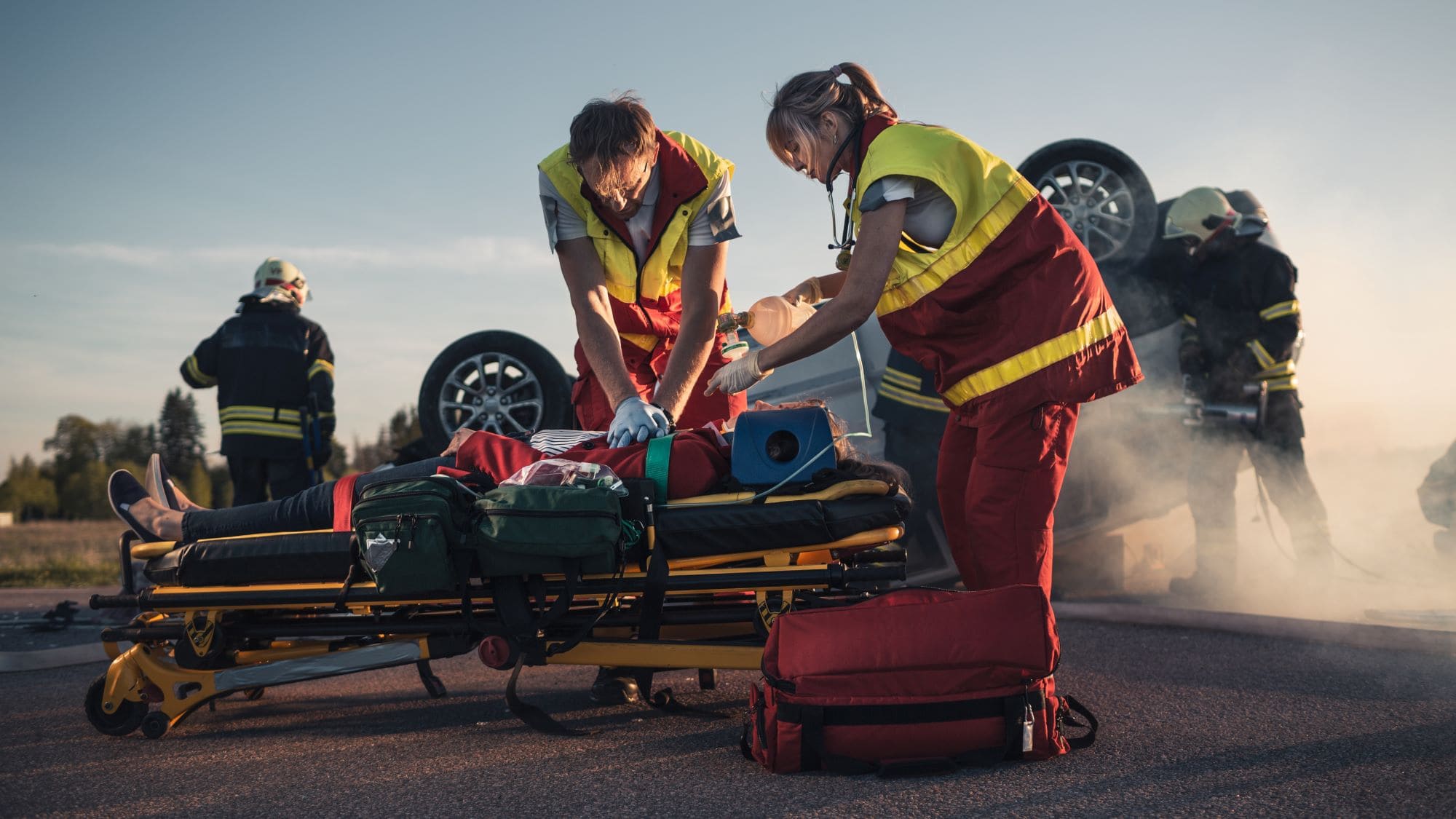
In the aftermath of mass injury events, the challenge of providing timely and comprehensive care becomes paramount. These situations demand not only a swift, coordinated effort to manage the injuries sustained but also necessitate the efficient allocation of medical resources and the provision of care under extraordinary pressure.
Emergency response teams and field hospitals must be mobilized with precision, ensuring that critical medical aid reaches those in need without delay. As these incidents unfold, optimizing resources to enhance the capacity of response efforts is crucial.
Discover how strategic planning and resource management can significantly improve outcomes in mass casualty situations, ensuring that affected individuals receive the prompt and effective care they deserve.
Continue reading to learn how to harness strategic planning and resource optimization for a mass injury response, ensuring swift and effective care for all impacted.
The foundation for a successful response in a mass casualty incident lies in a well-defined triage system. This system rapidly assesses and categorizes patients based on the severity of their injuries. By efficiently prioritizing the most critical cases, medical professionals can maximize the chances of survival for the greatest number of people with limited resources.
Here are some elements for establishing an effective triage system:
By implementing a well-defined triage system, responders can ensure that scarce resources are directed towards those with the highest chance of survival. This critical first step sets the stage for a more effective response during a mass casualty incident.
In a mass casualty incident, including those caused by major workplace injuries or industrial accidents, chaos can quickly overwhelm even the most prepared healthcare system. To effectively manage this chaos, a well-coordinated response is essential. Resource mobilization and coordination ensure the right people, supplies, and equipment are available at the scene when they’re needed most.
Here are strategies for optimizing resource mobilization and coordination:
Responders can create a unified system that delivers critical care to those in need during a mass casualty incident by effectively mobilizing and coordinating resources. This coordinated effort saves lives and minimizes confusion in the aftermath of a disaster.
Field hospitals play a crucial role in expanding treatment capacity during mass casualty incidents. These temporary medical facilities can be set up quickly and provide essential patient care.
Here are some ways to optimize field hospitals:
Optimizing field hospitals allows for efficient patient flow, maximizes treatment capabilities on-site, and reduces strain on existing medical facilities.
Technology can significantly enhance communication, coordination, and resource management during mass casualty incidents.
Here are some ways to leverage technology:
Technology streamlines communication, improving situational awareness and allowing for a more effective response.
In handling large-scale emergencies, smartly managing resources and using technology can improve results. By carefully choosing where to focus efforts, using resources wisely, setting up field hospitals where needed, and using technology, responders can make sure everyone gets the necessary care. This team effort saves lives and makes our healthcare systems stronger for future crises.
Looking ahead, there should be a focus on improving preparedness and response strategies to impact those assisted significantly. Collectively, challenges can be addressed with expertise and compassion.
Find A Doctor | New York Doctors | New Jersey Doctors | Connecticut Doctors
Medical Services | Conditions Treated | Insurance | Contact Us | Privacy Policy | Site Map | Terms of Service | Blog | Advertising
This site does not provide or endorse any medical or legal advice. All medical practices listed on this site are independently owned and operated by licensed physicians. Learn more
Copyright © var currentYear = new Date().getFullYear();document.write(currentYear); Injured Call Today. All Rights Reserved.
